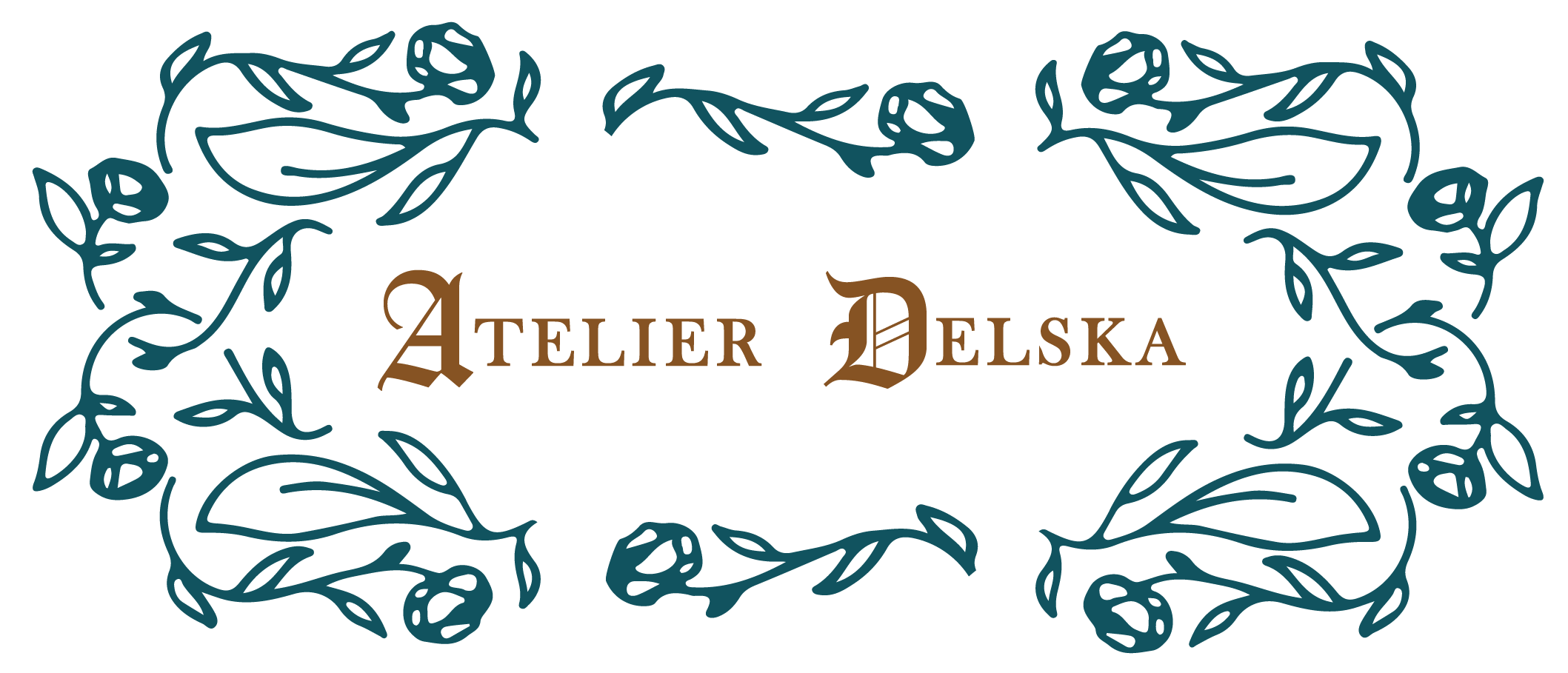
Ah, the bright naive days of early 2020… That time of such great innocence, when we were all making plans for a totally-normal, definitely-not-a-global-pandemic year scheduled with packed events full of hugging our friends and family without a second thought. *sigh*
Early 2020 saw me tackling a project that had long been featuring on the crowded to-make wishlist of my mind- a Romantic Era corded corset.
The Why
For me, finding the why is a great place to start on any project. It can be the motivational source you can tap into during the tricky bits to keep you going (say, when you’re on hour 50 of hand sewing and spewing every curse at your former self for signing you up for this wretched madness). So time to find those all-important “whys”.
So why do I love these corsets in particular? Well, they’re….
- A transitional period between stays and corsets- neat! A historical curiosity!
- Made with very little boning for structure, mostly just cording- engineering challenge accepted!
- A corded/embroidered aesthetic feast for the eyes- Yay! Beautiful textile art!
- Too flimsy for tight-lacing and thereby reveal the secret that corsets are indeed practical bust-support garments- Let’s take on those corset myths!
- A practical base garment used as a foundation for a variety of Romantic Era outfits that could one day adorn my closet – Woohoo! Usefulness!
The ReSearch
As a transitional period between the stays of Marie Antoinette’s world, and the corsets of Queen Victoria’s, the Romantic period for corsets has held my attention for some time as a curious point of transformation.


Norah Waugh’s Corsets and Crinolines book was this project’s starting point for both inspiration and research, along with these photos of the extant from the Victoria and Albert Museum. With the help of my projector, I was able to study the pattern full size to work with all those little details and curves. Working generally off this late 1820s pattern in Waugh (with modifications for my size), I settled on a design that would be more characteristic of later 1830s and 1840s styles by having more curve at the hip .

There are other great blogs that cover the nitty-gritty research of corsets for this period, so I won’t go into that here. See a beautiful example of an extant 1830s corset here with great photos for study. Or read about the difference between the terms stays and corsets and how they transitioned around this period here. The Laced Angel has a fantastically researched post here or check out The Dreamstress’ article on 1840s stays here. Whew, that should at least get you started to make your own historical pair.
The Construction
After trying out several mockups of my pattern for fit, it was time to construct the real deal! My fashion fabric of choice was a cotton sateen. This appeared to be a relatively common choice in the period and gave a lovely result.

Even though this period is pre-sewing machine, I found a balance between historical accuracy and sanity by machining most of the design. Though, to keep the clean look hand sewing would provide, I did avoid backstitching with the machine. Instead, at the end of a stitch I would bring the thread to the back of the corset and tie it off . A little extra effort for a nice clean effect.

I drew the cording channels on with a washable fabric maker. Though, in retrospect, I would recommend a heat-sensitive marker. I imagine it would save any potential fabric-warping issues from wetting your fabric to wash it mid-construction.



Once the channels were sewn. I could snip a hole in JUST the back layer of the fabric (yes, this takes some concentration and skill when they’re sandwiched together!) and thread the cording through. Above are some images of a sample I did to demonstrate this technique. A blunt hand quilting needle helped me thread the string through the channels I had made.

Much like the construction process for other stays and corsets, adding the binding to the edges was one of the final steps. The corset above is nearly finished less the straps and the binding!
The Results
Whew! After more hours than I care to mention, I finally arrived at the finished product!





As far as historical costuming goes, this project required very little investment material-wise. The corset is made up of simple cotton, and only needed a few small pieces of synthetic whalebone (amounts I already had left over from other projects) plus the cording itself. The busk happened to be free thanks to some scrap wood we found in our old log barn. However this project DID require quite the investment of (wo)man-hours. From research, to fitting, to embroidery, to flossing the cords, to eyelets- it was no small feat! But worth it? Yes. Yes, very much so.
Next STeps
“Art is never finished, only abandoned.”
-Attributed to Leonardo Da Vinci
I mean, I’ve personally found this quote to hold true for me with the majority of my projects. Each project can be seen as a mock-up or learning tool for the next. While I’ve generally granted this corset that much sought-after state of “done-itude”, I still have small details I’d love to one day possibly upgrade. The major one that stands out for me is that wooden busk. I think a curved busk would make this corset all that much more comfortable, and I’d also love to add some design to the busk such as in period examples like this.
Maybe some day, but for now this corset has made a cherished addition to my historical wardrobe, and will serve my existing and future Romantic Era costumes well!


